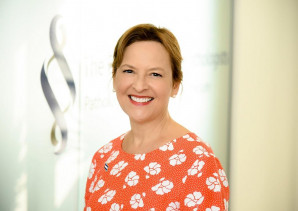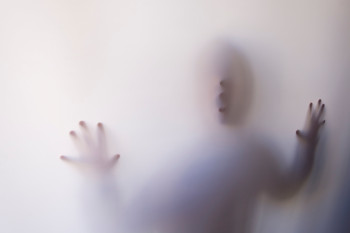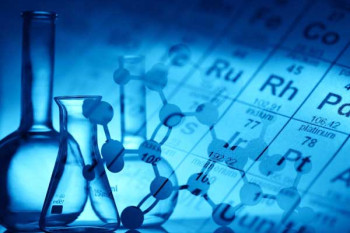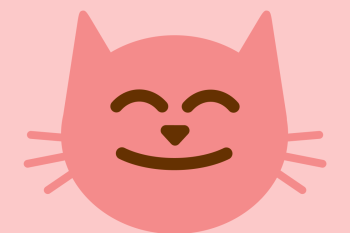© Pint of Science, 2024. All rights reserved.
The structure of an antibody
Tissue, cells and protein structures - this can all sound quite abstract. Wouldn't it be good to visualise and understand what our body looks like creatively? This is what Dr Lizzie Burns, together with the Royal College of Pathologists, set out to do. They created Incredible You, a scientific colouring book that aims to "explore the surprising beauty of your body at a tiny scale".
All the templates, including supporting information, can be downloaded as pdfs here: Incredible You templates
Feeling creative? Download and create your own coloured version of our bodies' tiny structures. We'd love to see your result - tag us and the Royal College on social media @rcpath and include #IncredibleYouArt and #CreativeRxns!
Blood cells and a protein network form a blood clot
For Creative Reactions, the artist and scientist Dr Lizzie Burns and the pathologist Dr Rachael Liebmann told us about their work:
Dr Lizzie Burns
Find Lizzie's recorded answers to the following questions below.
Dr Lizzie Burns, the creator of Incredible You, is both an artist and a scientist
[00.12] What is your scientific background?
[00.40]When did you decide to study science?
[01:22]Can you think of an event that inspired you as a scientist?
[02:02]Did you ever encounter any obstacles regarding your work, and how did you manage to overcome them?
[02:51]How did Covid-19 change the way you work over the last few months? (from 02:51)
[04:28]How would you describe the benefits of collaborations between art and science for projects like Incredible You?
[5:25] How and why did you start making art?
Dr Rachael Liebmann

Dr Rachael Liebmann is a pathologist and was involved in the creation of Incredible You
What is your scientific background?
I am a Consultant Histopathologist at Queen Victoria Hospital in East Grinstead and the Group Medical Director of The Doctors Laboratory (TDL) and Health Services Laboratories (HSL). These are large groups of pathology laboratories together known as Sonic Healthcare UK.
When did you decide to study science/medicine?
I decided soon after I had finished an intercalated degree in Pathology as a Medical Student. Intercalated degrees take an extra year but offer a fantastic opportunity to really get deeply involved in one subject in medicine. I would really recommend it as a way to investigate if a career in pathology is for you.
Can you think of a story or event that inspired you, as a pathologist?
I was inspired by the work of Dame Ingrid Allen who was one of my mentors during my Pathology intercalated degree when she was a Professor in Neuropathology. She had previously discovered a new rare neurological disease and carried out research into Multiple Sclerosis. As we had a family friend with MS I thought that was fascinating.
Did you ever encounter any obstacles regarding your work, and how did you manage to overcome them?
Life is full of ups and downs and there is not a single job which will smooth them out for you. However pathology as a career is possible to combine with a family without losing the potential for exciting personal growth and development.
How did Covid-19 change the way you worked over the last few months?
I have always worked from home in the evenings and at weekends in order to allow me time to do voluntary work for the College and other professional societies. This has kept me busy and engaged on a regional and national level. However Covid19 has made Working From Home the norm and not the exception. The Sonic Healthcare UK laboratories had to start to test for Covid19 as soon as it was discovered and to increase testing to enormous levels. We currently are able to test up to 10,000 people per day and by early 2021 we expect to double that number. It is a huge undertaking involving the collaboration of several teams from transport, specimen reception, IT and scientists to managers and administrative staff.
How would you describe the benefits of collaborations between art and science for projects like Incredible You?
I don’t think you can separate science from art in pathology. I have always thought the images I see down the microscope are both beautiful and intellectually fascinating as well as essential to help treat patients. The collaboration of scientists with artists serves to share that experience of curiosity and wonder with a wider audience. All of the pathologists who have helped with Incredible You events have really enjoyed it and felt invigorated by sharing the art and the medicine with members of the public.
Find more information:
The chemical structure of testosterone
About this post
This blog post is part of the Creative Reactions Nottingham 2020 online exhibition. Over the month of September, we will be bringing you different examples of collaborations between art and science, including a chance to get creative yourself. More Creative Reactions Nottingham blog posts.




